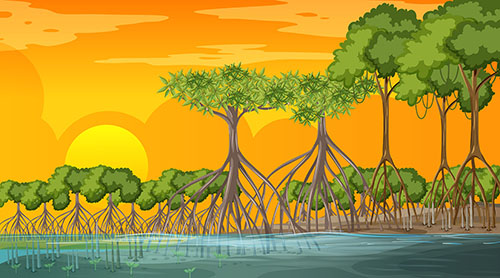Welcome
Welcome. Slow Travel Magazine is the personal project of travel writer and author, Melissa Thimios together with a small team of guest contributors. We’re passionate about slow travel as we believe that it opens doors for more enriching travel experiences, for both the guest and the host. Sign-up here to our mailing list for the latest slow travel news, plus our free travel guides.
*2025 note – Slow Travel Magazine is now Slow Travel Network*

Get your free 20 page travel guide
Slow down and settle into the daily rhythm of life in BROOME with our 20 page travel guide. Includes slow food, homestays, local faces and 7 ways to slow down in this character-filled town of North Western Australia. Click here to receive your link to this 20 page travel guide.
What is slow travel?
Slow travel is an offshoot of the slow food movement
In Italy, where traditional culture inextricably links food and community, there began a small uprising in 1986 when fast food giant McDonald’s announced plans to open in Rome’s Piazza di Spagna. Subsequent protests sparked the creation of the ’Slow Food’ movement and by the 90s Slow Food had grown exponentially. Over time, ‘Slow’ subcultures have developed in other areas like the Cittaslow organisation for Slow cities. In 2004, English journalist Carl Honoré published ‘In praise of slow: how a worldwide movement is challenging the cult of speed’ explaining various aspects of the movement:

For at least 150 years everything has been getting faster and for the most part speed was doing us more good than harm in that time. But in recent years we’ve entered the phase of diminishing returns. Today we are addicted to speed, to cramming more and more into every minute. This roadrunner culture is taking a toll on everything from our health, diet and work to our communities, relationships and the environment. That is why the Slow Movement is taking off.
Carl Honore, author
There are two different facets of slow travel; Slow Sojourns and Slow Journeys.
Slow Sojourns are the essence of slow travel; basing yourself in one place and becoming part of the local culture. This can include eating where locals eat, talking to the townsfolk; exploring via foot, bicycle or public transport; and staying in locally owned homestays. This is the style of travel that we focus on in our publications. However, many folk consider that slow journeys are also an important constituent of slow travel culture. This includes pilgrimages on foot; non-motorised journeys on the water such as canoe or outrigger trips; or any other journey by more traditional means that allow for a deeper connection to the landscape that is being passed through.

Advantages of Slow Travel
- Meaningful memories: You’re more likely to have enriching experiences than if you follow the standard ‘tourist trail’.
- Personal growth: By getting out of your comfort zone you’ll become a more confident person and you may learn new skills.
- Increased awareness: By learning about new cultures you’ll be better able to challenge stereotypes.
- Social consciousness: You will be contributing more to the local economy.
- Saving money: Slow travel experiences are often cheap or free.
7 Ways to Slow Down your Vacation
- Learn the language. Even a few phrases can go a long way.
- Stay with a local or home exchange
- Seek out a local restaurant with no English menu.
- Cycle around different neighbourhoods or through the countryside.
- Take a course – painting, cooking, salsa dancing, whatever you are interested in.
- Volunteer.
- Attend a local event, such as a gallery opening or a popular local sport match.

Slow travel is about connection
Often, it’s the people that make a place special. Connecting with people takes time. For this reason, we prefer to travel slowly.
Slow Stays
Forfeit fancy, foreign-owned hotels and opt for some good old-fashioned local hospitality with a B&B or homestay. If you’re a home owner, how about a home exchange! Check out Airbnb, Home Exchange; Couch Surfing and Home Stay.
Shop Local
Markets are a great place to immerse in the local culture. Support artisans by purchasing locally made souvenirs. Ask questions about where/how goods are manufactured.
Getting There (Slow Transit)
In an era of planes, fast-trains and automobiles, it can sometimes feel like the romanticism of the journey has been forgotten about. Why not enjoy the journey by taking a ferry, slow train or (if you can allocate more time) walking or cycling.
Local Festivals & Sports
Going to local festivals is a great way to celebrate the unique flavours and traditions of a place. The quirkier the festival, the better!
Likewise, sitting among a sea of fans at a sporting event is another great way to marinate in the local atmosphere (and possibly learn a few swear words in another language!)
Slow Mobilities
Explore your immediate surroundings in greater depth. It’s difficult to connect with a place when you’re speeding straight through it. Try non-motorised mobility options such as walking, kayaking, or riding a bike. To connect with locals during their everyday transit, try ride-sharing or public transport options such as a bus or train.


